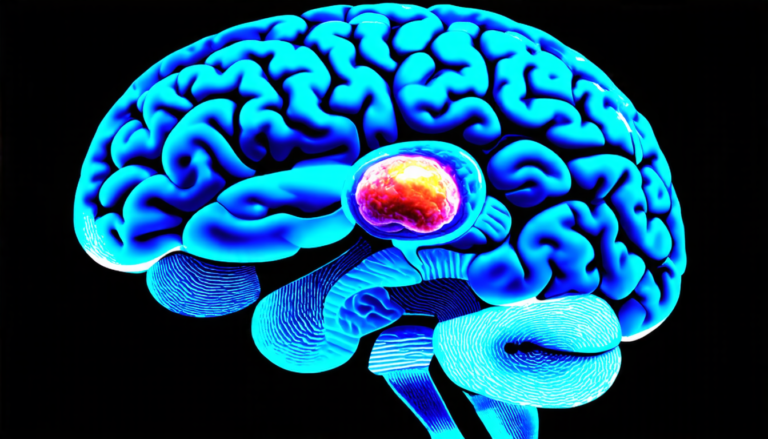Friday 18 April 2025
Scientists have made a significant breakthrough in understanding the fundamental nature of excitable systems, which are found throughout the natural world and play a crucial role in many biological processes.
Excitable systems are characterized by their ability to switch between different states in response to external stimuli. This property is essential for many biological functions, such as the transmission of nerve impulses, the contraction of muscles, and the beating of hearts.
The new study focuses on the concept of thresholds, which are critical points at which excitable systems can transition from one state to another. Previous research has shown that thresholds can be difficult to define and measure, particularly in complex biological systems.
To address this challenge, researchers have developed a novel approach based on energy-based principles. They have used mathematical models to describe the behavior of excitable systems and identified key patterns and properties that are common to all such systems.
One of the main insights gained from this research is that thresholds can be understood as local maxima in the required supply of energy. In other words, a threshold represents the minimum amount of energy needed to drive an excitable system from its resting state to a state of activity.
This concept has far-reaching implications for our understanding of biological systems and their behavior. For example, it may help us better understand how neurons transmit signals in the brain, how muscles contract, and how hearts beat.
The new approach also opens up new possibilities for engineering and designing excitable systems. By manipulating the energy supply to an excitable system, researchers may be able to control its behavior and induce specific responses.
The study’s findings have important implications for a wide range of fields, including biology, neuroscience, and engineering. They demonstrate the power of mathematical modeling in understanding complex biological systems and highlight the potential for innovative applications in various areas.
Overall, this research represents an important step forward in our understanding of excitable systems and their behavior. It has the potential to shed new light on many fundamental biological processes and could lead to significant advances in fields such as neuroscience, medicine, and engineering.
Cite this article: “Unlocking the Secrets of Neural Excitability: A New Perspective on Thresholds and Energy-Based Control”, The Science Archive, 2025.
Excitable Systems, Thresholds, Energy-Based Principles, Mathematical Modeling, Biological Processes, Neuroscience, Engineering, Biology, Neural Signals, Muscle Contraction







